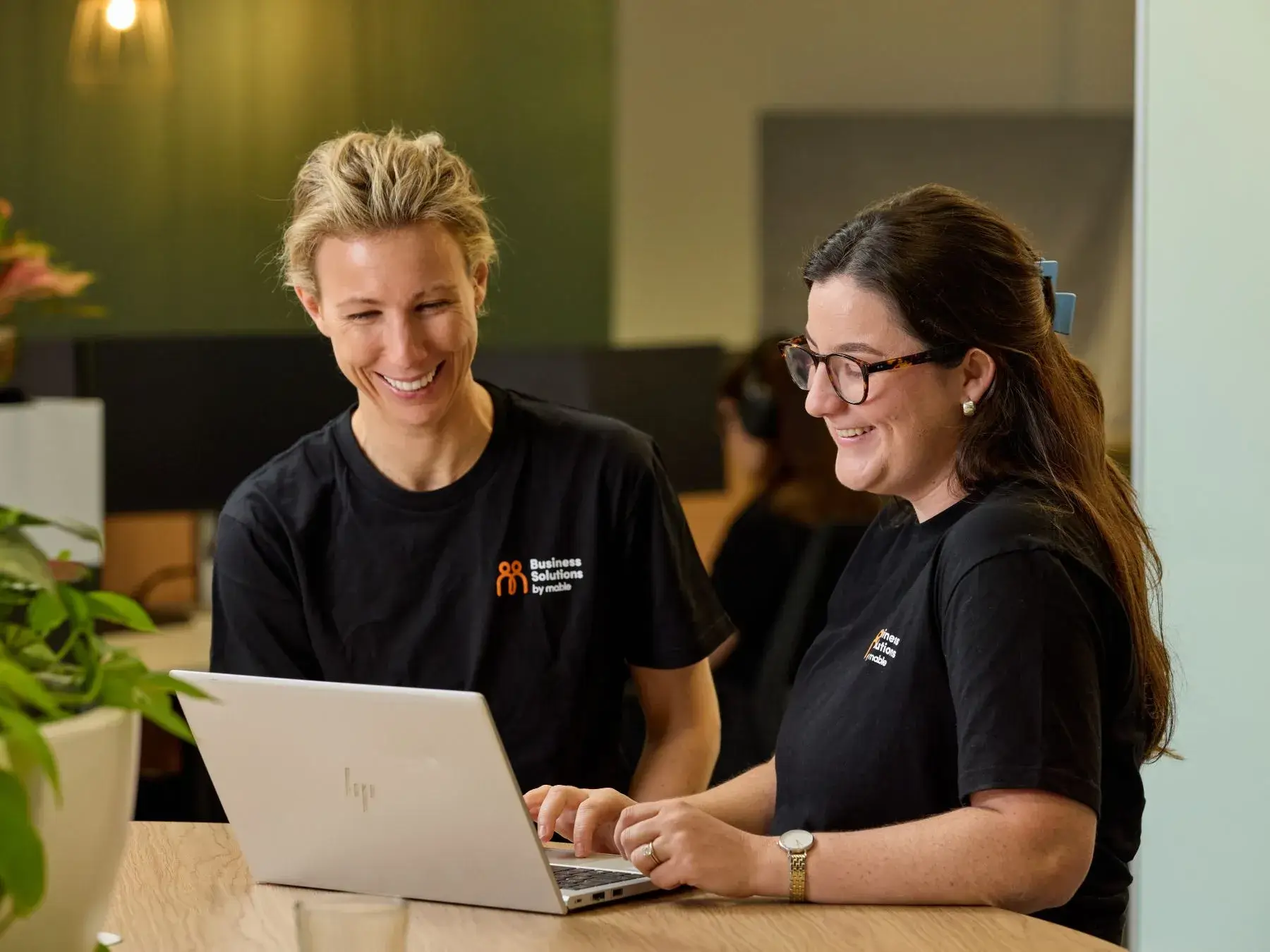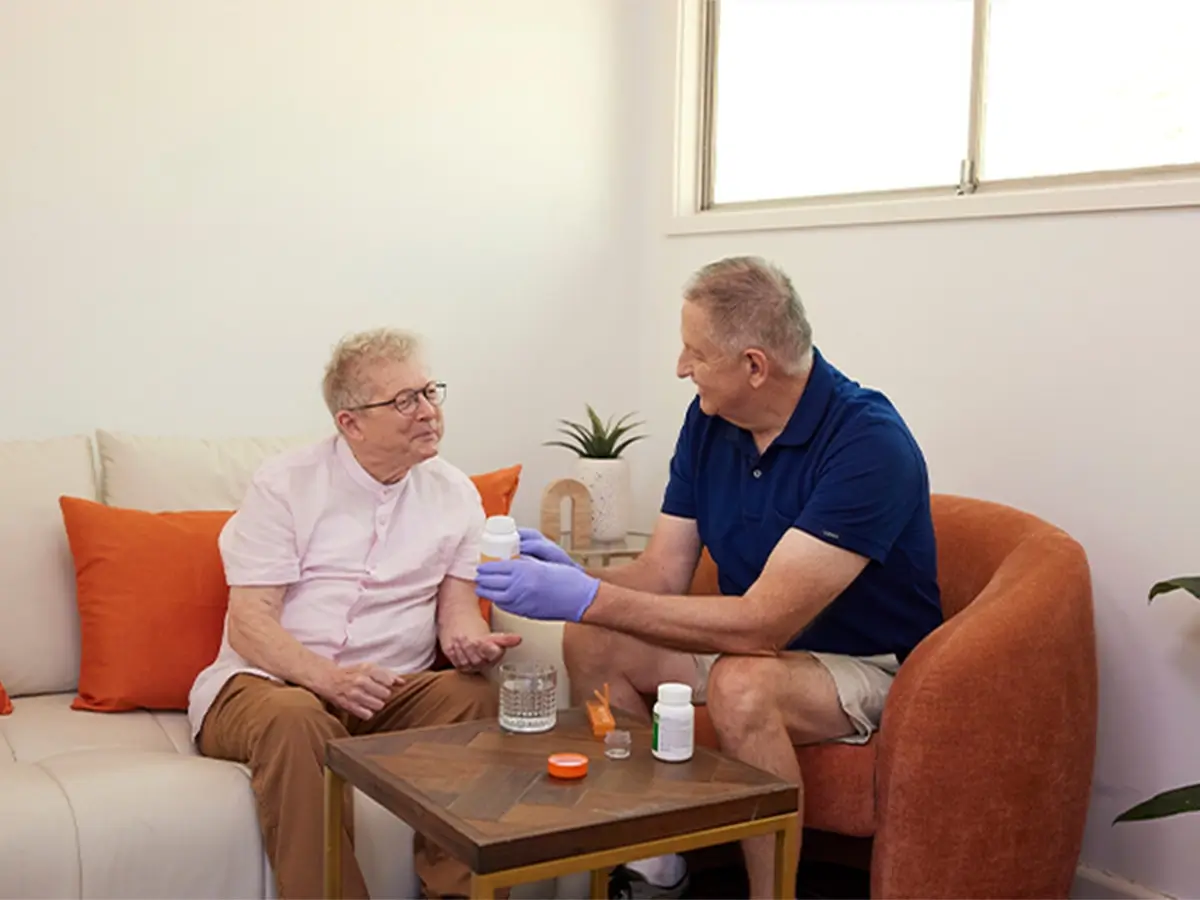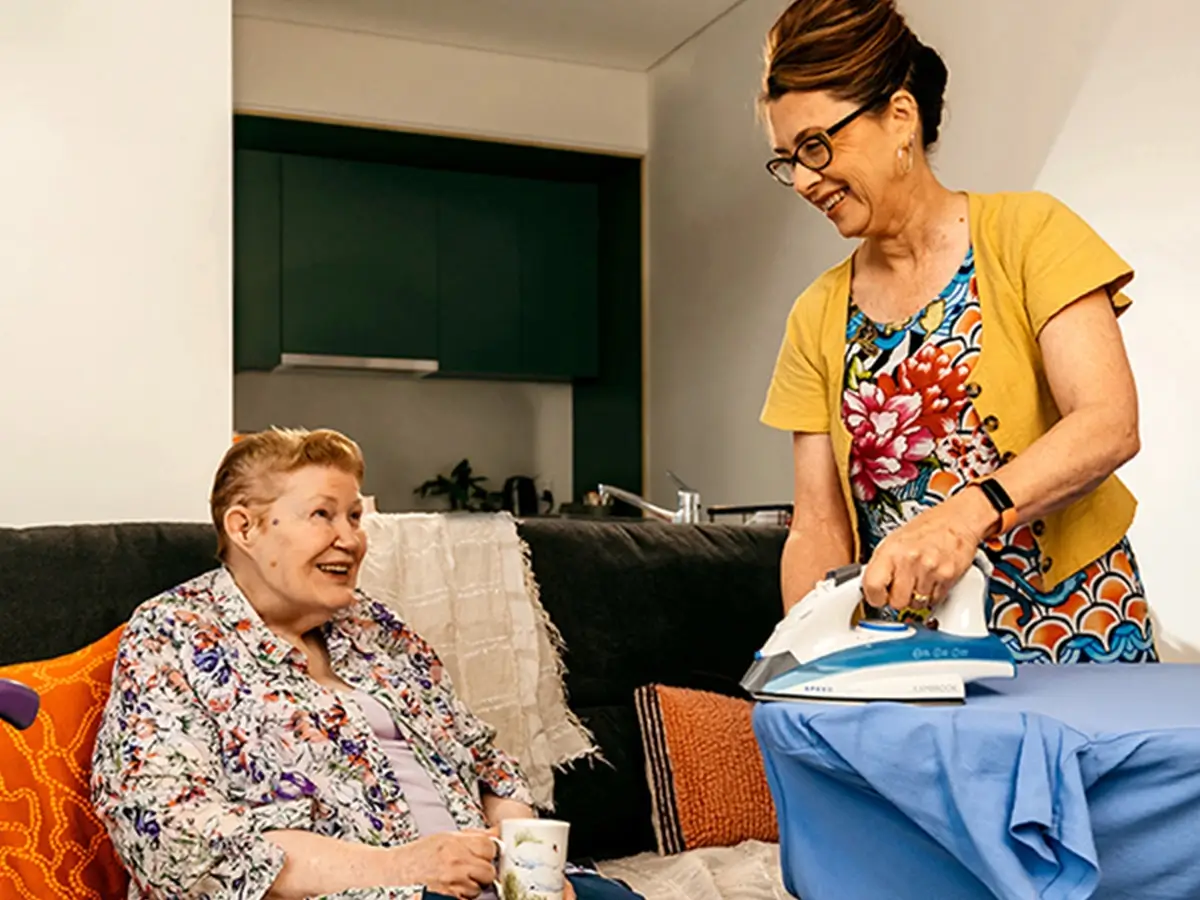This article uses identity-first language (e.g., “autistic person”) to reflect the preferences of many in the autistic community. We respect all language choices and aim to be inclusive and respectful in our writing.
In January 2025, the Australian Government released its first National Autism Strategy (‘Strategy’), which aims to create a “safe and inclusive society where all autistic people are supported and empowered to thrive.”
Due to roll out over 7 years, the Strategy comes with 22 commitments focused on 4 key reform areas:
- Social inclusion
- Economic inclusion
- Diagnosis, services and support
- Health. The steps to improve health, including mental health, will be covered in more detail in the upcoming National Autism Health Roadmap.
Why we need a Strategy
The Australian Bureau of Statistics research shows that at least 290,000 Australians live with Autism Spectrum Disorder (ASD). According to the Australian Institute of Health and Welfare, the number of autism diagnoses has grown considerably over the past 15 years, where around 65,000 people were estimated to have autism in 2009.
Many people with autism struggle to get the right support to do everyday things or plan their future.
Peoples’ attitudes to autism, as well as the structures of our society – for example in education and healthcare – can create barriers for autistic people. Beyond discussions of inclusion, the Government has the capacity to fund programs that reduce stigma and ensure people with autism don’t fall through the cracks.
The new Strategy recognises that additional support is needed for neurodivergent people to live well in a world that is not built for them.
Federal Social Services Minister Amanda Rishworth said in the Foreword of the Strategy that it has been developed in consultation with people with autism, carers and disability workers and experts.
What is in the Strategy
Social inclusion commitments
- Promote understanding, acceptance, and inclusion of all autistic people by:
– Expanding public education on autism, especially in workplaces, health, education, and justice systems.
– Increasing representation in government, media, sports, and the arts.
– Making public, online, and broadcast spaces more accessible and sensory-friendly.
– Strengthening advocacy to reduce stigma and educate autistic people and their support networks about their rights. - Expand opportunities for social connection and peer support based on individual preferences.
- Improve government services, communication, and information to better meet autistic people’s needs.
- Ensure autism inclusion in the upcoming review of the Disability Discrimination Act 1992 (Cth) and related standards.
- Enhance safety and well-being by reducing violence, abuse, neglect, exploitation, discrimination, bullying, and vilification in all key areas.
Economic inclusion commitments
- Create more employment opportunities for autistic people, including self-employment and social enterprises.
- Help employers recruit and support autistic employees by making workplaces more accessible and inclusive.
- Improve services that give autistic people more choice and control over their education and careers.
- Increase autistic representation in leadership roles to promote visibility and role models.
- Enhance inclusive practices, accommodations, and advocacy resources for autistic students and their support networks.
Diagnosis, services and supports commitments
Diagnosis
- Review autism screening and diagnosis tools for accuracy and accessibility. Develop standardised training to improve the process for autistic people and their families.
- Create best-practice resources to support autistic people and their families through diagnosis.
- Explore ways to make autism diagnosis more affordable.
- Promote early screening and monitoring for earlier diagnosis and better access to support.
Services and supports
- Improve access to quality, timely, and neurodiversity-affirming services, especially in rural areas.
- Increase the involvement of autistic people in delivering support services.
- Develop best-practice training and resources for professionals supporting autistic people.
- Improve decision-making tools to help autistic people make informed choices about their lives.
- Work with states and territories to enhance access to NDIS, disability, and mainstream services.
Health and Mental Health, Implementation commitments
- Create a governance framework to ensure:
– Strong accountability measures.
– Ongoing co-leadership with a diverse advisory group, including autistic people, families, carers, and professionals.
– A coordinated, whole-of-government approach to implementation. - Ensure government-funded autism research aligns with the Strategy’s principles and informs policies and services for priority groups.
- Develop a National Autism Strategy Evidence and Reporting Framework with clear outcomes, involving autistic people and their families in design and analysis.
What's next
The Government has pledged $42.3 million to fund the first phase of implementing the Strategy.
The details of the first phase of implementing the strategy can be found on the Department of Social Services website.
This article has been published to provide general information only in relation to the National Autism Strategy. Mable encourages you to conduct your own independent research into the National Autism Strategy and not to solely rely on the general information provided in this article. Links to third party websites, including Government sites, are included to provide you with further context and information; Mable is not responsible for your use of these links or your reliance on third-party content.




